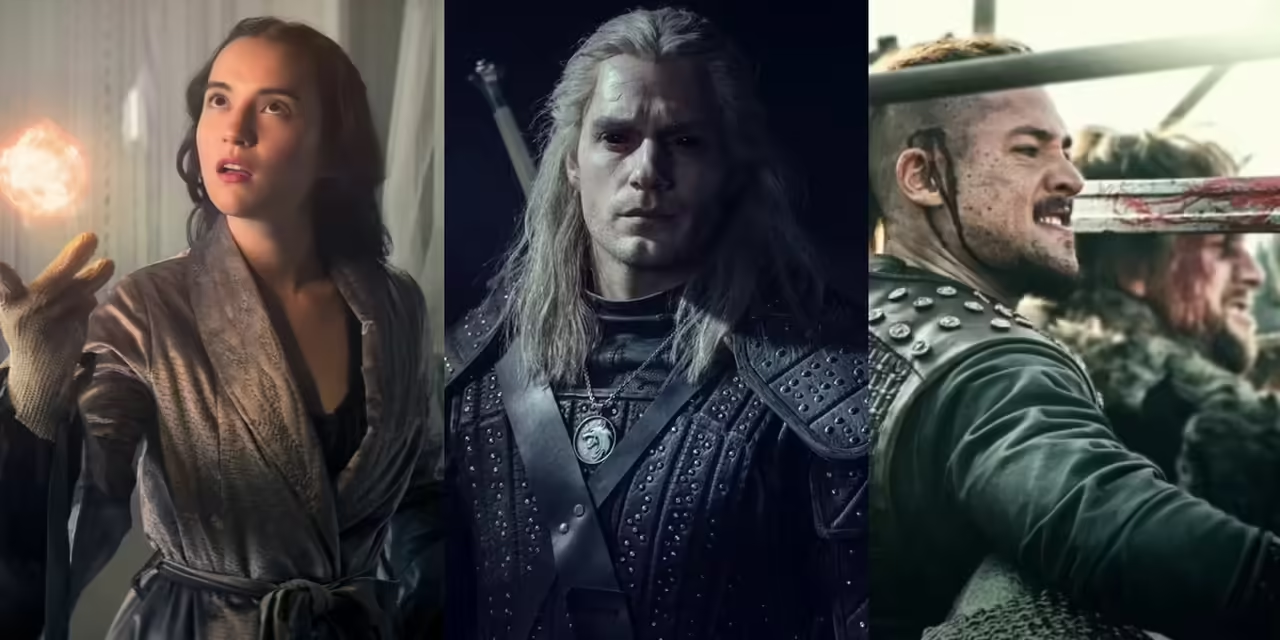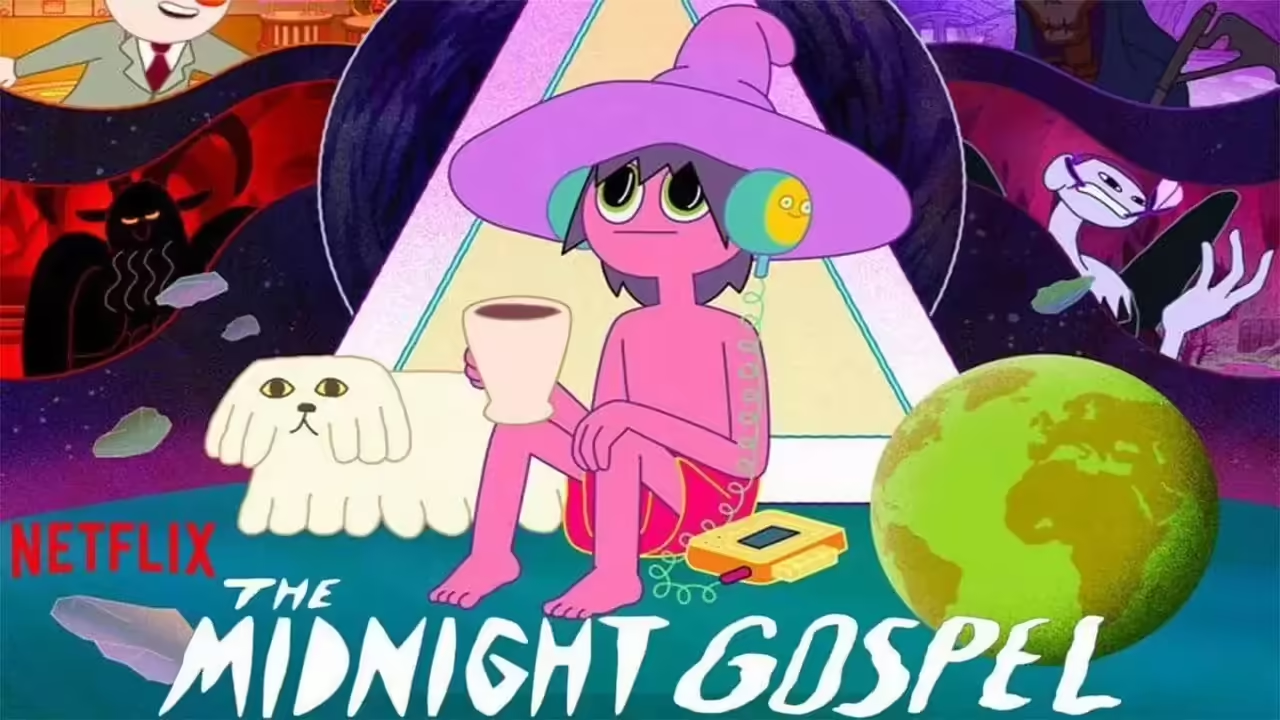
Context and Origins of the Film: Discovering the Darkness behind Innocence
“Hard Candy” is a psychological thriller directed by David Slade that surprised both critics and audiences alike with its unsettling exploration of themes such as justice, revenge, and morality. Released in 2005, the film follows two main characters, portrayed by Ellen Page and Patrick Wilson, in a cat-and-mouse game that defies expectations and tests the limits of the viewer.
The plot revolves around Hayley Stark (Ellen Page), a smart and seemingly innocent 14-year-old teenager, and Jeff Kohlver (Patrick Wilson), a thirty-something fashion photographer. What starts as a casual online encounter between Hayley and Jeff quickly turns into an in-person meeting at Jeff’s house. However, what initially appears to be an innocent date takes a dark turn when Hayley reveals her true intentions.
Without delving into major spoilers, “Hard Candy” dives into a tense and disturbing psychological game between Hayley and Jeff. What ensues is a duel of wills and moralities, where the roles of victim and villain become blurred. The film challenges the viewer to question who the real antagonist of the story is and to confront uncomfortable themes about justice, power, and abuse.
The screenplay, written by Brian Nelson, is a masterful piece of suspense and sharp dialogue that keeps the audience on the edge of their seats. Slade’s direction brings a sense of claustrophobia and palpable tension to every scene, while Page and Wilson’s performances are truly impressive, capturing the complexity of their respective characters with an intensity that is both captivating and disturbing.
The genesis of “Hard Candy” dates back to screenwriter Brian Nelson and his personal experience that inspired the story. Nelson, in later interviews, revealed that the idea for the film came from a conversation he had with a friend about the perception of innocence in society and how that perception could be subverted.
In the context of early 2000s film production, “Hard Candy” arrived at a time when independent cinema was gaining recognition and popularity. The film was produced by Vulcan Productions, a company founded by Paul G. Allen, co-founder of Microsoft, with the aim of financing cinematic projects that explored important social and cultural themes.
Directed by David Slade, who would later gain recognition for his work on the television series “Hannibal” and the film “30 Days of Night,” “Hard Candy” was shot in a visually raw and austere style that perfectly complemented the dark and disturbing tone of the story. The film was shot in a period of only 18 days, reflecting the efficiency and determined focus of the production team.
Casting also played a crucial role in the making of the film. Ellen Page, who was relatively unknown at the time, impressed filmmakers with her audition for the lead role of Hayley Stark. Her bold and convincing performance as the smart and determined teenager greatly contributed to the emotional impact of the film.
On the other hand, Patrick Wilson, who had already demonstrated his acting ability in films like “Little Children,” was chosen to portray Jeff Kohlver, the enigmatic photographer who finds himself at the center of conflict with Hayley. The dynamic between Page and Wilson on screen was crucial to the success of the film, as they managed to create palpable tension and emotional complexity that kept the audience on edge until the very end.
Direction and Visual Style of David Slade: Forging Cinematic Darkness
David Slade, known for his ability to explore dark and psychologically complex narratives, stamps his distinctive mark on “Hard Candy” through meticulous and visually striking direction style. From lighting choices to the composition of each frame, Slade molds the atmosphere of the film masterfully, immersing the viewer in a world where tension and intrigue are palpable.
Evocative Lighting: Slade strategically uses lighting to establish the emotional tone of each scene. In moments of tense calm, the lighting may be soft and diffused, creating a sense of intimacy. However, during the most intense moments, Slade opts for harsh lights and deep shadows, emphasizing emotional distress and moral ambiguity of the characters.
Impactful Visual Composition: Every frame of “Hard Candy” is carefully composed to convey not only the action of the story but also the psychology of the characters. Slade employs unusual framings and bold angles to create a sense of visual dissonance, reflecting the moral duality that defines the narrative. This stylistic choice constantly invites the viewer to question their perceptions and immerse themselves in the complexity of the plot.
Electrifying Editing and Pace: Slade’s frenetic pace and dynamic editing contribute to keeping the viewer on the edge of their seat at all times. Quick transitions and parallel montages increase tension and suspense, creating a sense of urgency that drives the narrative forward. This focus on narrative pace ensures that the film maintains a constant level of excitement and anticipation.
Deep Visual Symbolism: Slade harnesses the power of visual symbolism to enrich the cinematic experience and delve into the underlying themes of the film. From the use of contrasting colors to the presence of symbolic objects, each visual element is imbued with meaning, adding additional layers of complexity to the story and its characters.
Principal Performances: The Transformative Power of Ellen Page and Patrick Wilson
The performances of Ellen Page (now known as Elliot Page) and Patrick Wilson in “Hard Candy” are crucial to the success and emotional depth of the film. Both actors deliver powerful and convincing performances that elevate the narrative to new levels of intensity and complexity.
Ellen Page as Hayley Stark (Elliot Page): Page’s portrayal of the young Hayley Stark is a tour de force of strength and vulnerability. Hayley is a complex character, intelligent and determined, but also struggling with her own emotions and traumas. Page masterfully captures this duality, showing Hayley’s fierce determination alongside her underlying fragility. Her performance is fearless and bold, conveying Hayley’s relentless determination while revealing layers of pain and emotional confusion. Page’s physical and emotional transformation in the role is impressive, and her performance is an integral part of what makes the narrative of “Hard Candy” so powerful and moving.
Patrick Wilson as Jeff Kohlver: Wilson delivers an equally impactful performance as Jeff Kohlver, the manipulative photographer whose actions trigger the central conflict of the film. Jeff is a complex and ambiguous character, and Wilson perfectly captures his moral ambivalence and hidden vulnerability. Through his performance, Wilson humanizes a character that could have easily been a one-dimensional cliché. His ability to convey Jeff’s emotional complexity makes it impossible for the viewer to simply dismiss him as a villain, adding an additional layer of moral ambiguity to the film. The dynamic between Page and Wilson on screen is fascinating to watch, as both actors challenge each other and create palpable tension that drives the narrative forward.
Critical and Audience Reception: The Polarization of “Hard Candy”
At the time of its release, “Hard Candy” sparked a polarized reaction among both critics and audiences, generating intense debates about its provocative content and dark themes. Here’s an overview of how it was received by critics and the public:
Critical Reception:
Impactful Performances: Critics widely praised the performances of Ellen Page (now Elliot Page) and Patrick Wilson, recognizing their intensity and ability to portray complex characters. Outstanding Direction: David Slade’s direction was highlighted for creating a tense and claustrophobic atmosphere that kept the audience on edge throughout the film. Provocative Narrative: Brian Nelson’s writing was praised for its boldness in addressing challenging themes such as revenge and morality in a way that provoked the audience’s reflection. Originality and Convention-Challenging: Some critics praised the film for its originality and its ability to subvert conventions of the psychological thriller genre, offering a unique cinematic experience. Audience Reception:
Mixed Reactions: The audience had mixed reactions to the film, with some praising its boldness and ability to spark debate, while others found its content too disturbing or difficult to watch. Challenge and Reflection: Many viewers praised the way the film challenged audience expectations and addressed complex social and moral themes, leading them to reflect on human nature. Disturbing Content: However, there were those who criticized the graphic portrayal of violence in the film and found its themes too intense for their liking.
Technical Aspects: Cinematography and Music – A Duel of Impactful Visuals and Sounds
Cinematography by Jo Willems: The cinematography of “Hard Candy,” helmed by Jo Willems, is a notable aspect of the film that significantly contributes to its tense and claustrophobic atmosphere. Willems employs a combination of tight framings and unusual angles to create a sense of intimacy and tension, allowing the viewer to feel trapped in the dark and oppressive world of the film. Lighting plays a crucial role in the cinematography, with Willems using harsh lights and deep shadows to highlight moments of emotional tension and moral conflict. Additionally, the visual composition of each frame is carefully considered, with Willems employing symmetry and balance to convey the characters’ duality and the complexity of the plot. Together, Willems’s cinematography elevates the narrative of “Hard Candy” to new heights, immersing the viewer in a visually striking and emotionally resonant world.
Soundtrack by Harry Escott and Molly Nyman: The soundtrack of “Hard Candy,” composed by Harry Escott and Molly Nyman, perfectly complements the emotional intensity and intrigue of the film. Escott and Nyman create a score that is tense, unsettling, and atmospheric, using a combination of electronic and orchestral instrumentation to evoke a wide range of emotions in the viewer. From moments of tense calm to peaks of suspense and excitement, Escott and Nyman’s music intensifies the cinematic experience, adding layers of depth and complexity to the narrative. Additionally, the soundtrack seamlessly integrates with the film’s cinematography and direction, creating a unique synergy that enhances the emotional impact of each scene. In summary, Harry Escott and Molly Nyman’s soundtrack is a crucial component of the cinematic experience of “Hard Candy,” adding an additional dimension of intensity and emotion that elevates the film to new heights.







